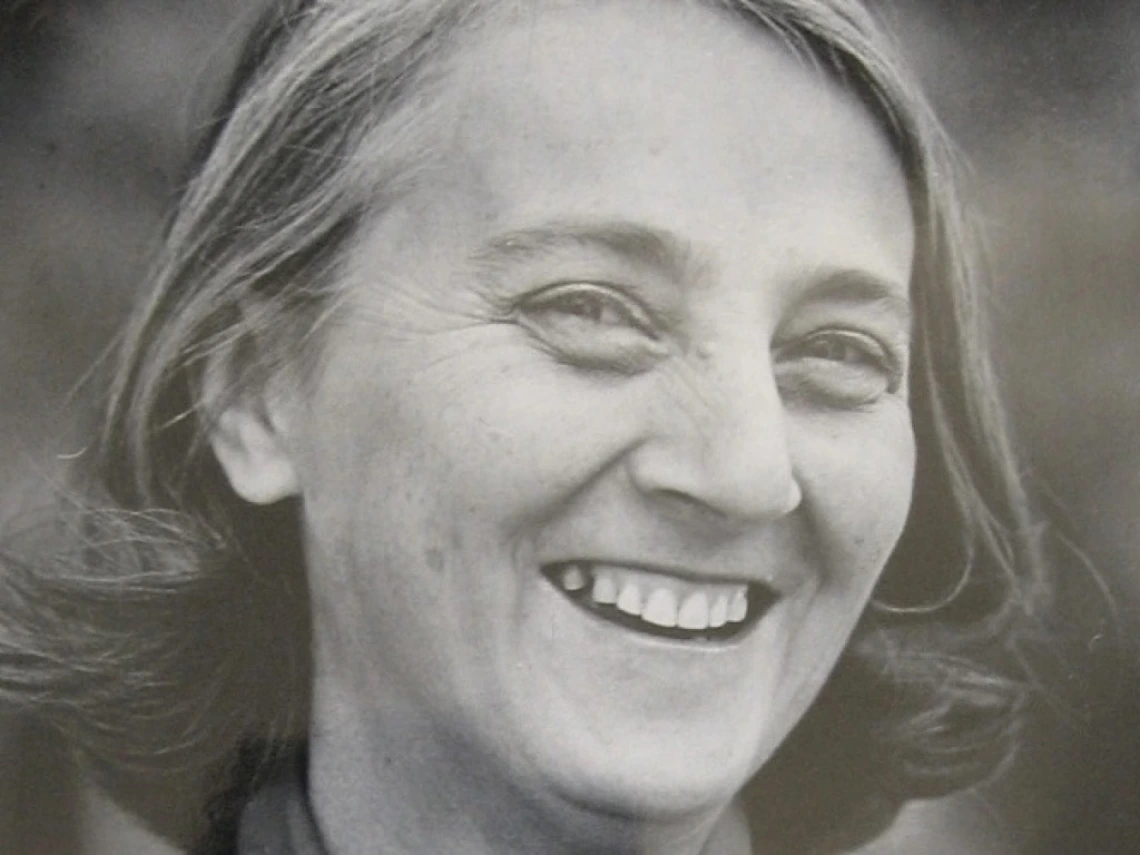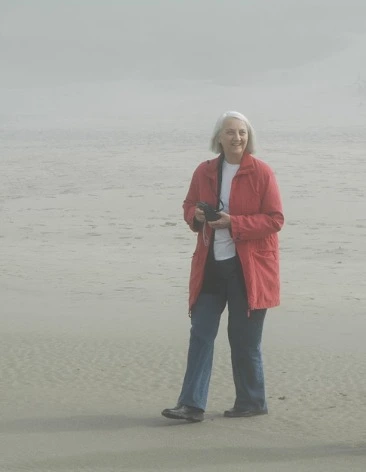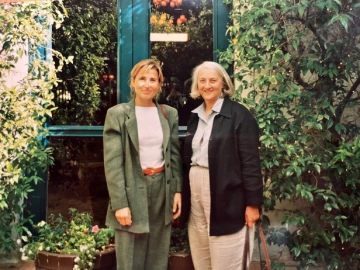Celebrating the Gift and Legacy of Jan Monk: Advancing Women, Community, and Research in Geography

In the late 1950s, Jan Monk came to the United States to begin her master’s degree. She sailed by ocean liner from her home in Sydney, Australia, across the Pacific to San Francisco. On the ship, women were required to wear a hat and white gloves to be admitted into the dining room. Jan spent another two days on the San Francisco Chief rail line, traveling to the University of Illinois, Urbana-Champaign. When Jan arrived in the geography department the next day, she was told she would have her own office because sharing with male classmates might cause a distraction.
Janice (Jan) Monk, research professor emerita in the School of Geography, Development & Environment and executive director of the Southwest Institute for Research on Women (SIROW) from 1983 to 2004, died on July 12, 2024. A large gift from Jan’s estate established the Janice Monk Endowment, which extends her legacy by supporting the annual Janice Monk Lecture, student travel to professional conferences, and research in feminist geography.
Breaking Barriers in Geography

Jan was a trailblazer in her field, breaking new ground simply by being a female academic who also cared about other women.
Diana Liverman, Regents Professor Emerita in the School of Geography, Development & Environment, was a longtime colleague and friend who deeply admired Jan’s bold spirit.
“Jan was one of the first people in my career who championed the role of women in the discipline of geography and the importance of studying women and gender as a geographer,” Diana said. “She entered academia at a point when there were hardly any women who had academic or research appointments in our discipline.”
Jan’s love of geography and interest in the lives and status of women shone through in her research, which explored women’s lives in the Southwest and around the world, as well as the gender biases in the discipline of geography. She became a champion of women in her field.
Committed to assisting graduate students and early-career scholars, Jan wrote countless recommendation letters and provided informal mentoring to students beyond the University of Arizona.
Lise Nelson, interim director of the School of Geography, Development & Environment, was one of those graduate students in the 1990s.
“Jan was a towering figure in the field. She crossed institutional and intellectual boundaries over many decades while persistently and patiently making space for others,” said Lise. “I was not a student at her institution, but I knew Jan through the American Association of Geographers (AAG) and other professional arenas. Her accessibility to me and willingness to support my professional development was remarkable.”
Global Leadership Inclusivity and Research
Jan cared deeply about Indigenous communities and disadvantaged populations beginning with work in Australia. Her Ph.D. was on Aboriginal communities, with special attention to the lives of the women. After moving to the Southwest U.S. in 1980, she developed an interest in the history of women in the region and her 1987 co-edited book, The Desert Is No Lady: Southwestern Landscapes in Women’s Writing and Art, examined how the artwork of Anglo, Hispanic, and Native American women influenced views of the Southwestern landscape and was followed by Western Women: Their Land, Their Lives in 1988.
In the early 1980s, Jan began an important series of articles on women’s status in the discipline of geography, focusing on biases against them in geographic research and careers.
During her 25 years with SIROW, Jan brought in funding from several organizations, including the Ford Foundation and the National Endowment for the Humanities.
“The essence of Jan’s work was to highlight and raise awareness about women in the context of their lives, their lived experience, and to raise their voices so that people around the world can have a better sense of who women are and how it is to be a woman,” said Sally Stevens, Distinguished Outreach Professor Emerita of Gender and Women’s Studies and former executive director of SIROW.
A Legacy of Connection and Support
Jan’s inclusivity extended worldwide. She used her influence and leadership to support her colleagues, and believed academic collaboration advanced and strengthened scientific communities and reduced marginalization.
“One of the things I admired most about her was the way she reached out to and supported women geographers around the world, including in the Global South,” said Diana Liverman.

Mireia Baylina Ferré, professor of geography at the Autonomous University of Barcelona, with Jan Monk
A consummate networker, Jan seemed to know everyone. Her professional roles, including election as president of the AAG and various visiting and honorary positions, connected her extensively. Her many awards included the Lifetime Achievement Award of the AAG, a medal from the Institute of Australian Geographers, and the Lauréate d’Honneur of the International Geographical Union.
Jan’s hospitality was legendary.
Sallie Marston, Regents Professor Emerita in the School of Geography, Development & Environment, was Jan’s mentee and colleague; their friendship began when Sallie came to the U of A for her first faculty position in the 1980s and was looking for a place to live. Sallie stayed in Jan’s guest house, which “hosted scores of visiting geographers over the years, from all over the world — so much so that it became kind of a ‘geography destination resort’,” said Sallie.
As more female geographers accepted positions at the university, Jan and Sallie built community, starting with an inaugural brunch.
“There were seven of us: Jan and I, three graduate students, and two staff members,” recalled Sallie. “Before long, we had four, then seven, then 10 members, and so on.”
“Eventually at the Arizona Inn, Jan announced at the “Geobabes” gathering, that we had the most female geographers in tenure-track and continuing status appointments on any university campus in the country,” said Sallie. “She loved being able to say that.”
Chris Lukinbeal, professor and director of Geographic Information Systems Technology Programs in the School of Geography, Development & Environment, was close to Jan during COVID and in her later years.
“Jan was an incredibly generous, kind, thoughtful and powerful voice for women, students, young scholars, and Indigenous cultures,” said Chris. “Her legacy will live on in her writings, her generous endowments to the U of A and other universities and academic organizations, and in the hearts of all she came in touch with.”
You can donate to the Janice Monk Endowment.
##
This story was included in the spring 2025 Developments newsletter.

